The intersection of physics and digital animation has birthed a fascinating new technique that's captivating both scientific and artistic communities. Electrostatic dust animation, a method utilizing Coulomb force to create dynamic frame variations, represents a groundbreaking approach to motion graphics that bridges the gap between natural phenomena and digital artistry.
At its core, this technique simulates the behavior of charged dust particles under electrostatic forces, creating organic patterns that would be incredibly difficult to replicate through traditional keyframing. The process begins with establishing an electrostatic field within the digital environment, where each dust particle carries a defined charge. As these particles interact through Coulomb's law—where like charges repel and opposite charges attract—they form complex, ever-changing structures that serve as the foundation for animation frames.
What makes this approach revolutionary is how it harnesses fundamental physics to drive creative expression. Traditional animation requires frame-by-frame adjustments, but electrostatic dust animation creates natural interpolations through physical simulations. When a particle with positive charge moves toward a negative one, the resulting motion follows authentic physical trajectories, producing fluid movements that feel inherently realistic. This physical accuracy gives animations an uncanny natural quality, even when the final results are highly stylized.
The technical implementation involves sophisticated particle systems governed by modified versions of Coulomb's equation. Animators can manipulate variables like charge magnitude, particle density, and environmental dielectric constants to achieve vastly different visual outcomes. A high-charge environment might produce rapid, explosive movements, while subtle charge differentials can create gentle, wave-like patterns. This parametric control allows for both precision and experimentation within the same system.
One particularly striking application has been in abstract storytelling, where the charged particles form temporary shapes that morph fluidly between recognizable forms. The particles might begin as a swirling galaxy, then coalesce into a human face, before dispersing into a flock of birds—all driven by carefully tuned electrostatic interactions rather than manual shape tweening. This organic transformation quality has made the technique particularly valuable for music visualizations and experimental film sequences.
The scientific community has taken note of how this animation method visually demonstrates complex electrostatic concepts. Educational institutions have begun using these animations to illustrate principles that are normally only expressed through mathematical equations. Seeing the Coulomb force play out in visible, dynamic systems helps students develop intuitive understandings of electrostatic phenomena. Some physics educators have even incorporated interactive versions where students can adjust charge values and observe real-time changes in the particle behavior.
From an artistic perspective, the imperfections inherent in physical simulations become assets rather than liabilities. Unlike mathematically perfect digital animations, electrostatic dust carries subtle irregularities that mirror natural systems. These imperfections lend authenticity to the motion, creating what animators call "happy accidents"—unexpected but aesthetically pleasing outcomes that emerge from the simulation's complexity. Many artists report that working with these systems feels more like collaboration with physics than rigid digital creation.
The rendering pipeline for electrostatic dust animation presents unique challenges and opportunities. Traditional rendering engines must be adapted to handle the dynamic lighting conditions created by moving charged particles. Some studios have developed custom shaders that simulate the optical effects of real charged dust, including subtle glow effects and light scattering. When properly rendered, the animations achieve an almost three-dimensional quality, with particles appearing to have actual depth and volume despite being purely digital creations.
Looking toward the future, researchers are exploring how to combine this technique with machine learning. Preliminary experiments show promise in using neural networks to predict optimal charge distributions for desired visual outcomes, potentially reducing the trial-and-error aspect of parameter tuning. Other developments include hybrid systems that combine electrostatic forces with other physical simulations like fluid dynamics or magnetism, opening up even more creative possibilities for complex, multi-physics animations.
As the technique matures, we're seeing its adoption spread beyond experimental circles into mainstream production. Major studios have begun using electrostatic dust elements in feature films, particularly for magical or supernatural effects where the organic yet controlled motion sells the illusion of otherworldly energy. Advertising agencies have embraced the style for product launches, using the dynamic particle movements to represent concepts like innovation and transformation.
The computational demands of real-time electrostatic simulation remain significant, but hardware advancements are quickly closing the gap. Next-generation graphics cards with improved physics processing capabilities are making interactive electrostatic animation feasible, allowing artists to see approximations of their work in real-time rather than waiting for lengthy renders. This immediacy is revolutionizing the creative workflow, enabling more iterative experimentation.
Perhaps most exciting is how electrostatic dust animation represents a broader trend of physics-driven creative tools. As computational power increases, we're seeing more applications where scientific principles directly inform artistic processes. This blurring of boundaries between science and art promises to yield not just new tools, but entirely new forms of creative expression that honor the natural laws of our universe while expanding the possibilities of digital media.
For animators and visual effects artists, mastering electrostatic dust techniques requires developing a dual understanding—both of animation principles and of basic electrostatic theory. This interdisciplinary knowledge marks the emergence of a new kind of digital artist: one who thinks equally in terms of visual composition and physical forces. Training programs are beginning to incorporate these concepts, ensuring the next generation of creators will be fluent in this physics-infused approach to motion design.
The aesthetic signature of electrostatic dust animation—with its flowing, organic transformations and subtle charge interactions—has already begun influencing broader design trends. We see echoes of its visual language in everything from UI animations to architectural lighting installations. As the technique becomes more accessible through commercial plugins and software updates, its impact on visual culture will likely continue to grow.
What began as a niche experiment in combining physics simulations with creative work has blossomed into a robust animation methodology with applications across entertainment, education, and advertising. Electrostatic dust animation stands as a testament to how scientific principles can inspire artistic innovation when viewed through a creative lens. As both technology and technique evolve, we can expect this fusion of Coulomb force and frame-by-frame artistry to keep pushing the boundaries of what's possible in digital motion graphics.
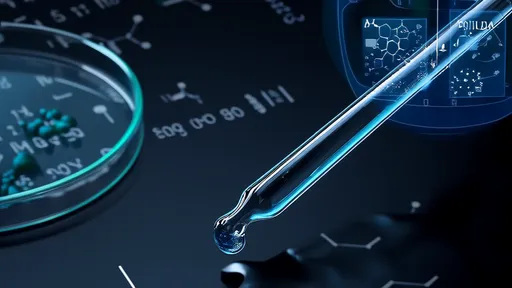
By /Jul 23, 2025
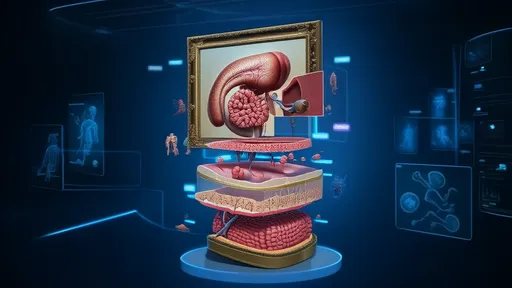
By /Jul 23, 2025
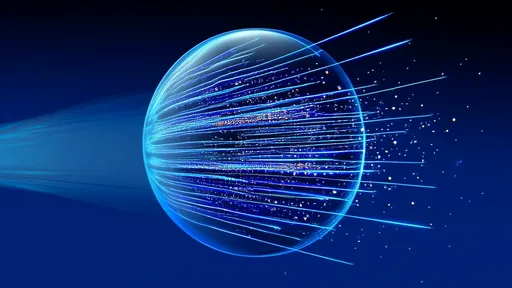
By /Jul 23, 2025

By /Jul 23, 2025
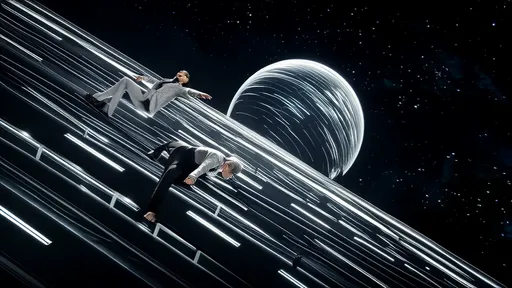
By /Jul 23, 2025
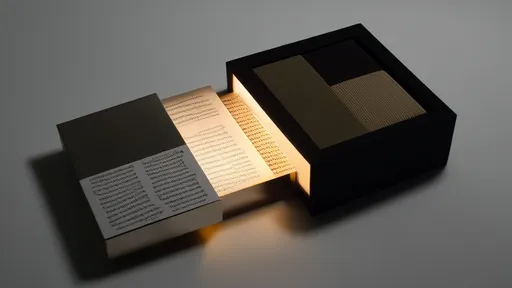
By /Jul 23, 2025

By /Jul 23, 2025
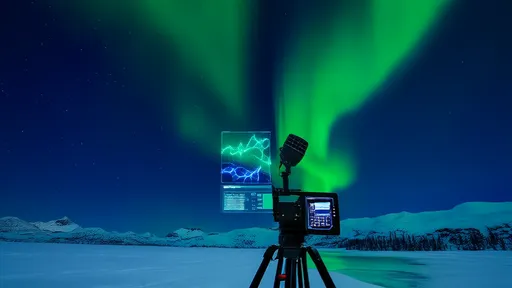
By /Jul 23, 2025

By /Jul 23, 2025

By /Jul 23, 2025
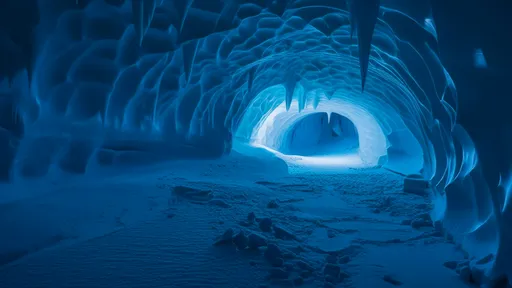
By /Jul 23, 2025
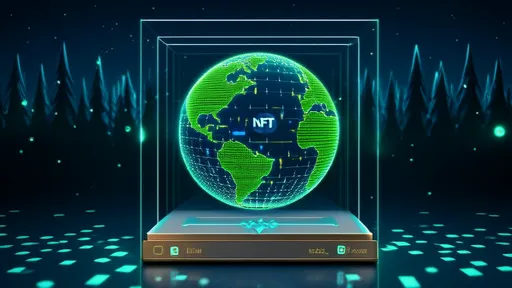
By /Jul 23, 2025
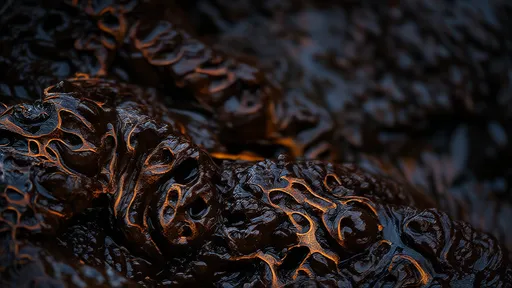
By /Jul 23, 2025

By /Jul 23, 2025
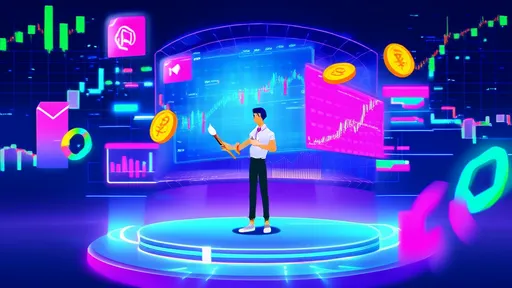
By /Jul 23, 2025
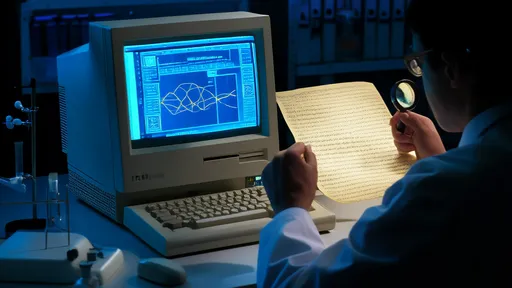
By /Jul 23, 2025

By /Jul 23, 2025

By /Jul 23, 2025